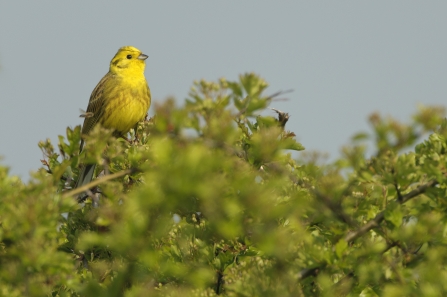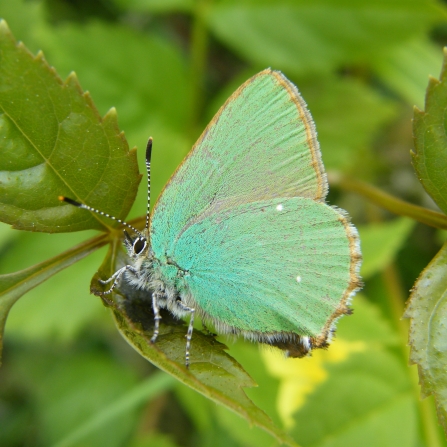Where did I put the binoculars? Anti-mosquito spray or sun tan cream? Will I need boots or a hat? Is there any petrol in the car?
Just some of the more challenging questions I face as a volunteer surveyor as the season resumes slowly after the pandemic lockdown. Oh yes, and will I remember whether it’s a small skipper or an Essex skipper with the black antennae ends…should I be lucky to get close enough!
I’ve been a volunteer with BBOWT for just over three years now, covering Woolley Firs for birds (and the occasional butterfly survey) and Hurley Chalk Pit for butterflies. I also cover two other sites working with the Centre for Ecology and Hydrology.
My bird surveys start early (ish) in the morning with a quick text to my contact, Dan, to let him know I’m on site. BBOWT kindly gave me some rules about distancing (the birds – not the dogs and walkers), but then it’s up to me to juggle binoculars, bird-spotting (/listening) and jotting. I sometimes drag along my partner – willingly I hasten to add - as a scribe!.
An early start on a site that is mostly on private farmland, means I get the countryside to myself. On the one hand it’s very relaxing – fresh air, wild flowers, hardly anyone around, just the odd deer or two and the occasional fox; and on the other it’s sometimes a bit frustrating - will you please stop jumping around in that dark hedge and just make a noise so I can tell whether you’re a robin or a dunnock or a warbler!



